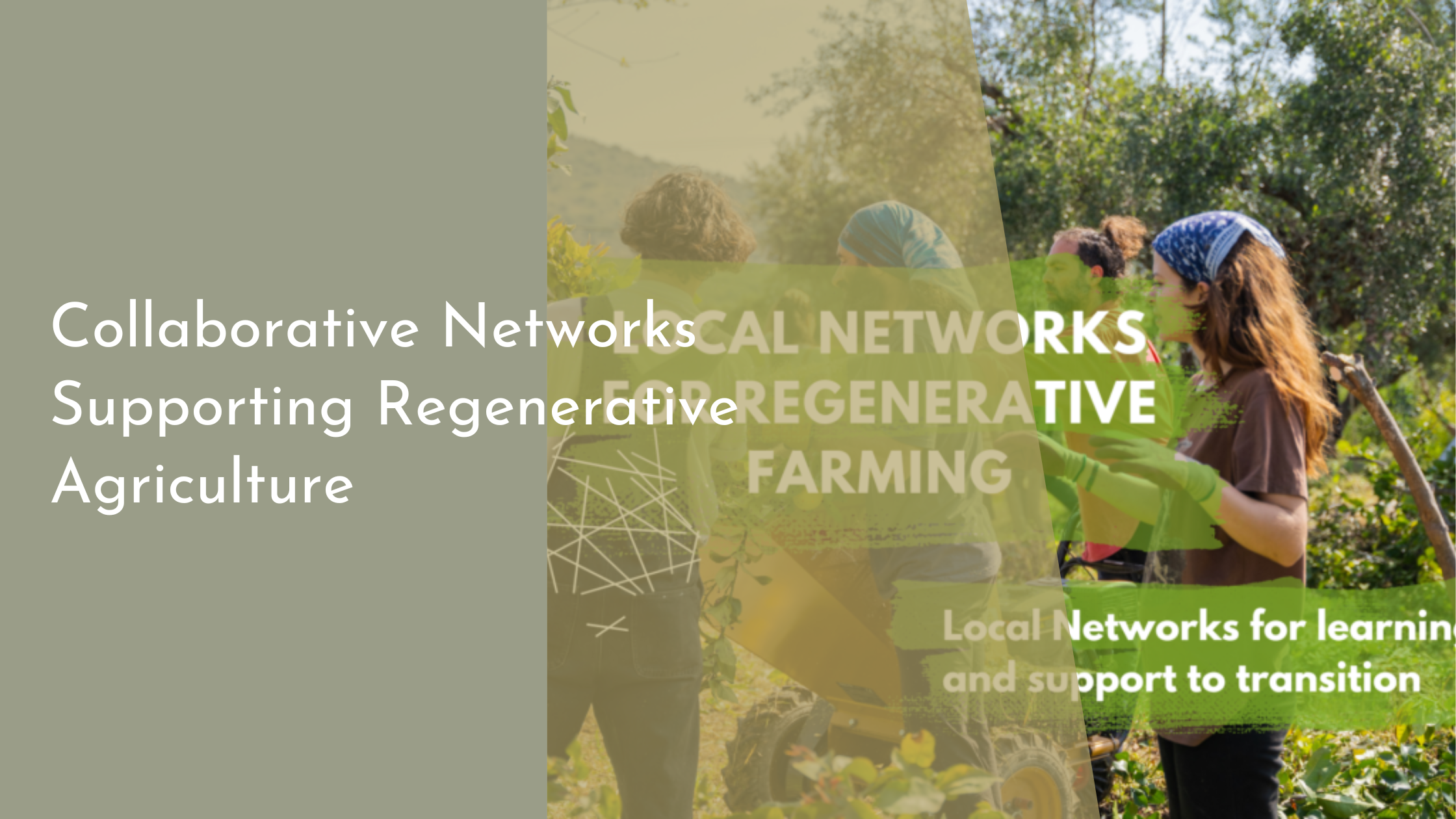Collaborative Networks Supporting Regenerative Agriculture
Regenerative agriculture is gaining traction globally as a sustainable way to nourish our planet and support local communities. By focusing on soil health, biodiversity, and ecosystem resilience, this farming method transcends traditional agriculture’s boundaries. An integral factor in the success of regenerative practices is the collaboration among various stakeholders, forming networks that foster knowledge exchange and resource sharing. This article explores the principles of regenerative agriculture, the significance of collaborative networks in farming, successful case studies, and the promising future of regenerative partnerships.
Understanding Regenerative Agriculture Principles
Regenerative agriculture is a holistic land management practice that aims to restore and enhance the natural ecosystem. Unlike conventional agriculture, which often relies on chemical inputs and monoculture, regenerative agriculture emphasizes the importance of biodiversity, soil health, and ecological balance. Key principles include minimal soil disturbance, cover cropping, crop diversification, and integrating livestock. These practices aim to rejuvenate the soil, increase carbon sequestration, and create a sustainable food production system that benefits both the environment and human health.
Moreover, regenerative agriculture focuses on building resilient farming systems that can adapt to changing climate conditions. By prioritizing soil fertility and water retention, farmers can mitigate the impacts of droughts and floods. This approach also promotes the use of renewable energy sources and waste reduction, making it a comprehensive strategy for achieving long-term sustainability. As awareness about the environmental impacts of conventional agriculture grows, more farmers are turning to regenerative practices, drawn by the prospect of improved yields, healthier ecosystems, and a positive contribution to combating climate change.
The Role of Collaborative Networks in Farming
Collaborative networks play a crucial role in supporting regenerative agriculture by facilitating the exchange of knowledge and resources among farmers, researchers, and policymakers. These networks create platforms where stakeholders can share best practices, discuss challenges, and develop innovative solutions. By collaborating, farmers can access a wealth of information on regenerative methods, learn from experts, and implement successful strategies in their own operations. This cooperative spirit not only accelerates the adoption of regenerative practices but also builds a sense of community and shared purpose.
Furthermore, collaborative networks provide essential support in the form of financial resources, training programs, and technology transfer. By pooling resources, these networks can help farmers invest in regenerative technologies and practices that might otherwise be financially prohibitive. Moreover, the collective voice of a network can advocate for policy changes and incentives that further promote regenerative agriculture. As a result, collaborative networks empower farmers to transition to sustainable practices, contributing to the overall success and resilience of agricultural communities.
Success Stories of Collaborative Agricultural Efforts
One inspiring example of a successful collaborative effort in regenerative agriculture is the Northern Great Plains Regenerative Grazing Network in the United States. This network brings together ranchers, scientists, and conservationists to promote sustainable grazing practices. By sharing data and experiences, members have developed innovative strategies to restore grasslands, improve soil health, and increase biodiversity. The network’s collaborative approach has resulted in significant ecological benefits, such as enhanced carbon sequestration and improved wildlife habitats, along with economic gains for participating ranchers.
Another notable success story comes from the La Junquera project in Spain. This initiative exemplifies how collaboration can transform barren landscapes into thriving ecosystems. By working together, local farmers, researchers, and government bodies implemented regenerative practices, including agroforestry and holistic grazing. The result was a remarkable revival of soil health and biodiversity, turning La Junquera into a model of sustainable farming. This project highlights the power of collaboration in overcoming environmental challenges and showcases the potential of regenerative agriculture to rejuvenate degraded lands.
Future Prospects for Regenerative Farming Partnerships
The future of regenerative farming partnerships looks bright as more stakeholders recognize the value of collaboration in achieving sustainable agricultural outcomes. As the global demand for sustainable food production intensifies, collaborative networks are poised to play an even more significant role in promoting regenerative practices. By leveraging advances in technology and data analytics, these networks can enhance decision-making processes, optimize resource allocation, and track the long-term impacts of regenerative methods. This tech-driven approach can accelerate the adoption of regenerative agriculture, bringing about a positive transformation in the global food system.
In addition, the increasing emphasis on climate action and environmental stewardship offers new opportunities for collaborative networks to expand their reach and impact. By partnering with international organizations, governments, and private sector actors, these networks can garner greater support and foster widespread adoption of regenerative practices. The potential for cross-sector partnerships is immense, offering a path toward a more resilient and sustainable agricultural future. As awareness and enthusiasm for regenerative agriculture continue to grow, collaborative networks will undoubtedly be at the forefront, facilitating meaningful change and ensuring the health of our planet for generations to come.
The journey towards a sustainable and resilient agricultural future is a collective effort, and collaborative networks are essential in driving this transformation. By fostering partnerships, sharing knowledge, and pooling resources, these networks empower farmers to embrace regenerative practices that benefit both the environment and society. As we move forward, the role of collaboration in regenerative agriculture will only become more vital, paving the way for an innovative and sustainable approach to food production. Let us celebrate these collaborative successes and continue building strong partnerships that ensure a healthier planet and future.

